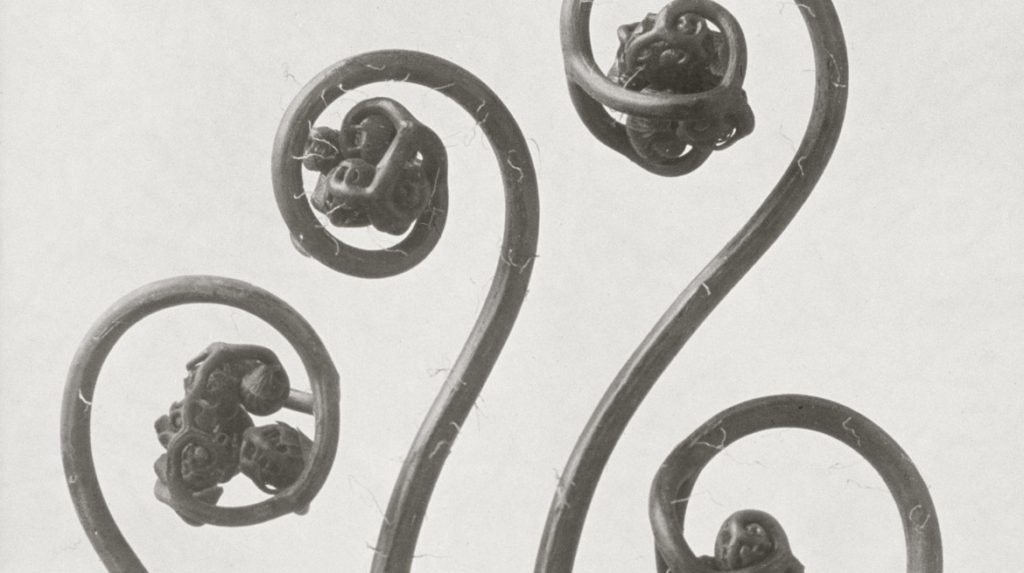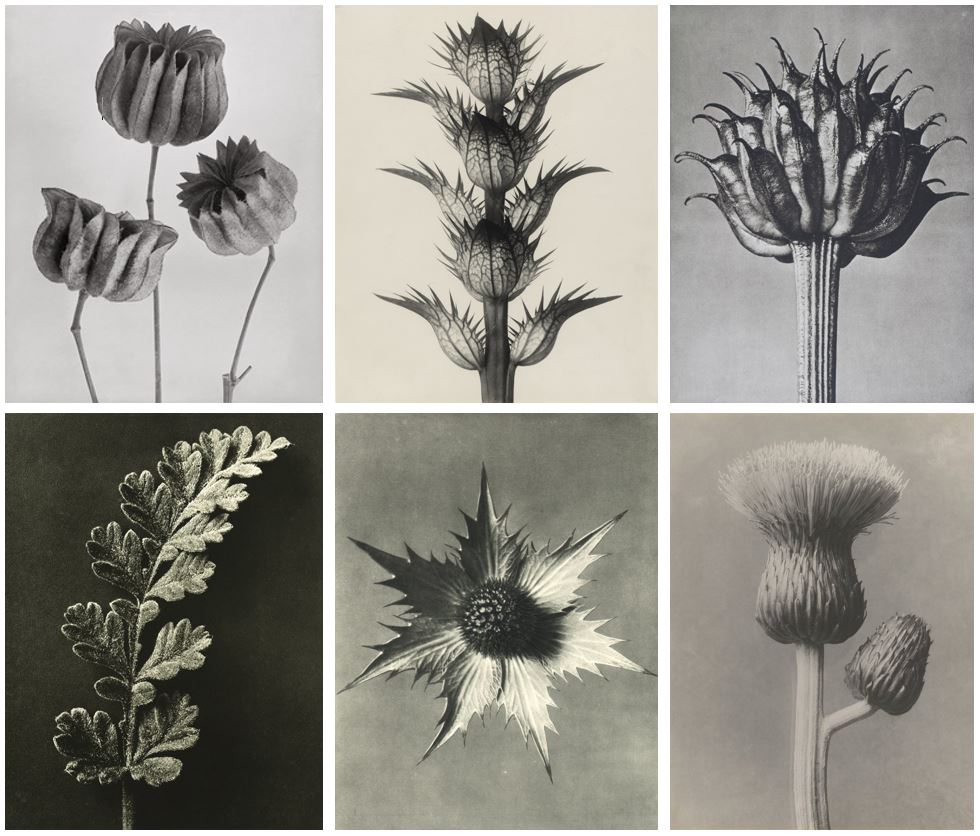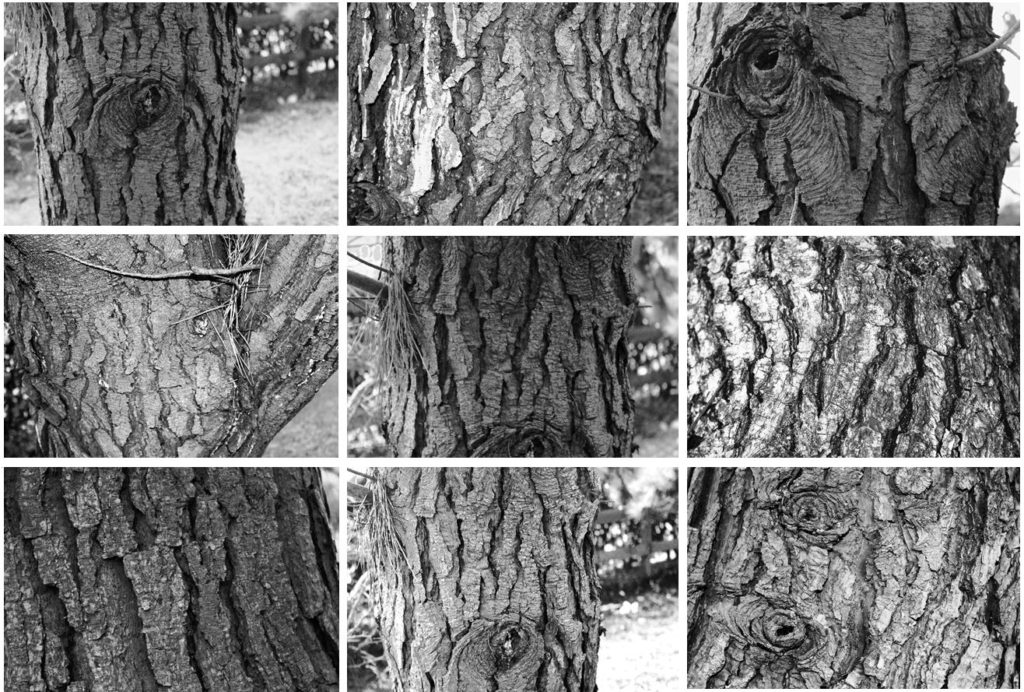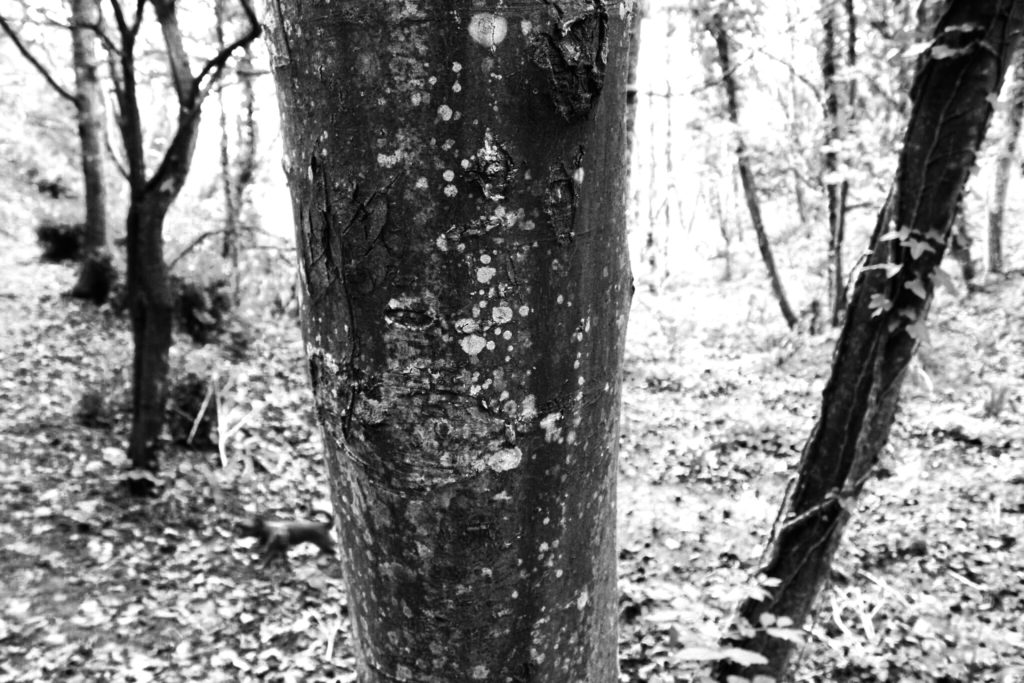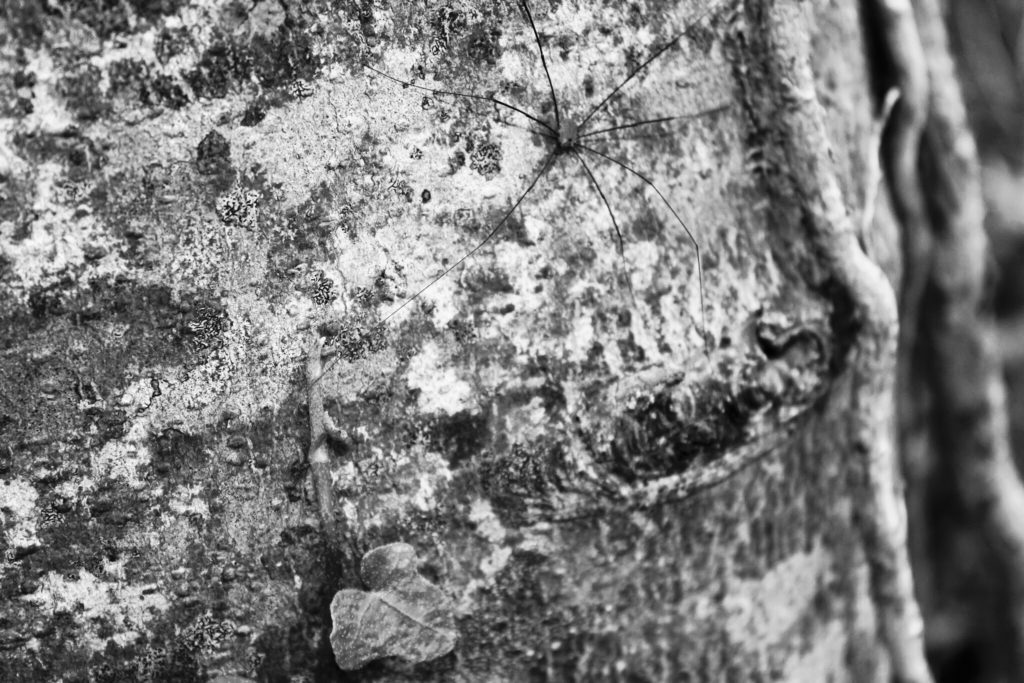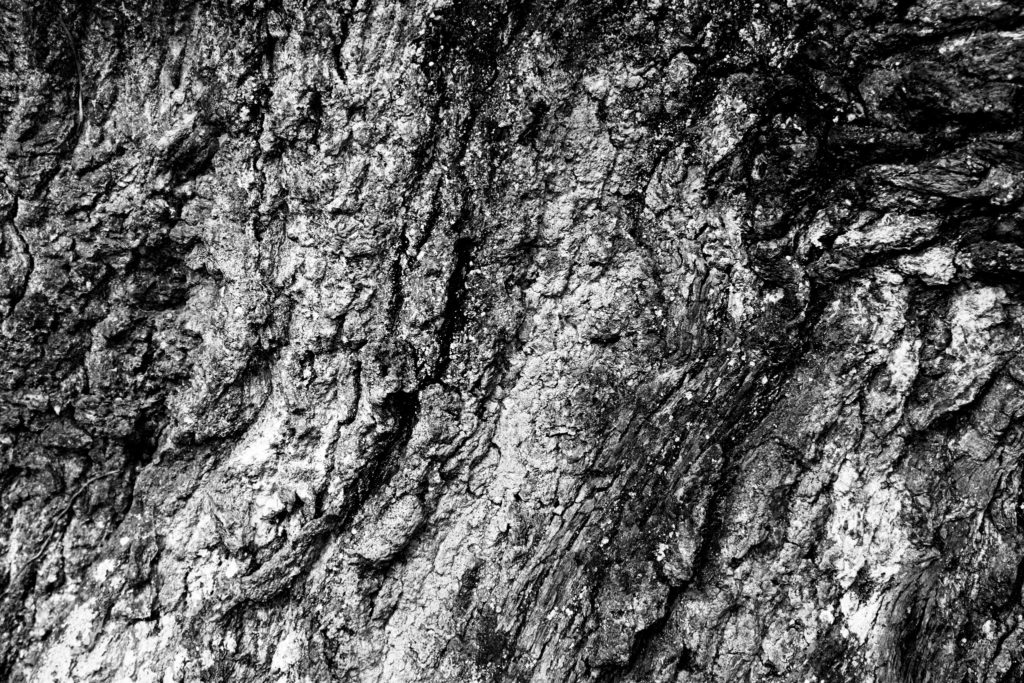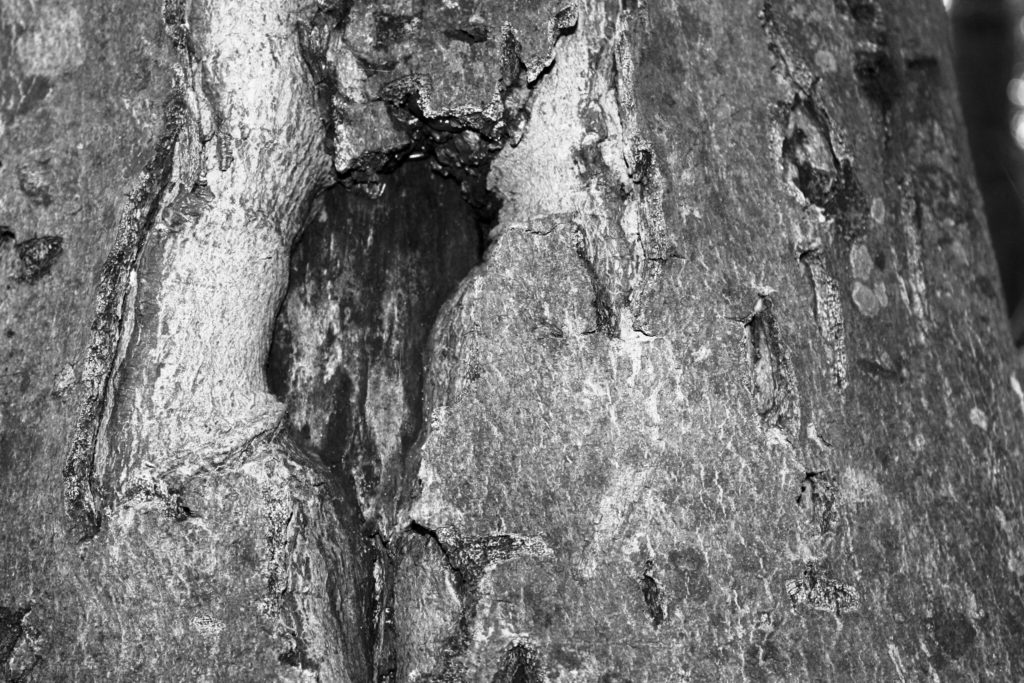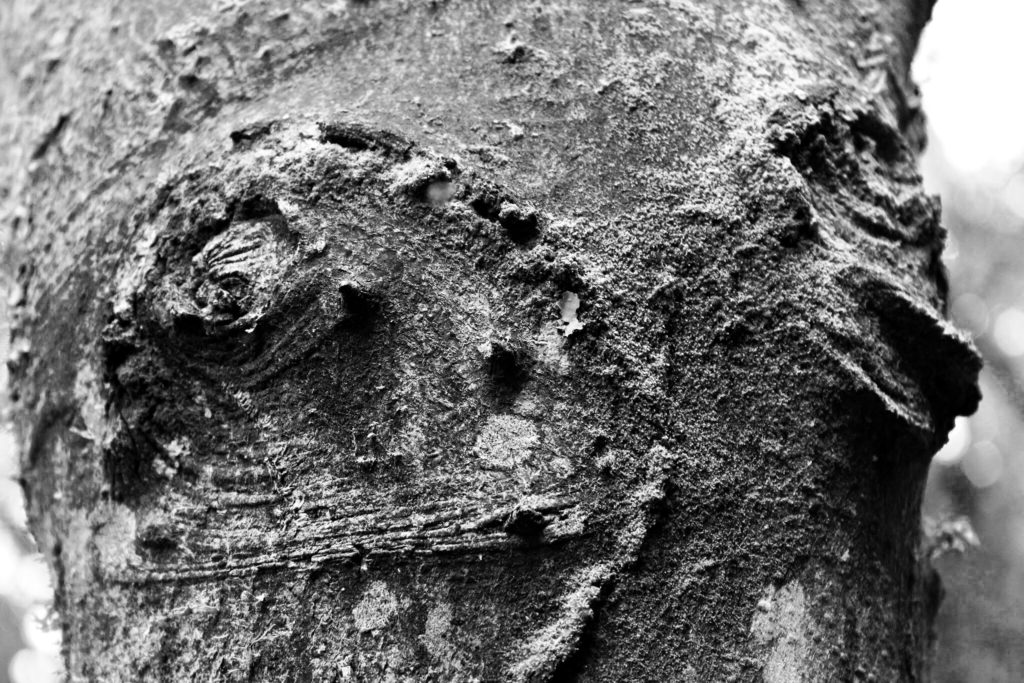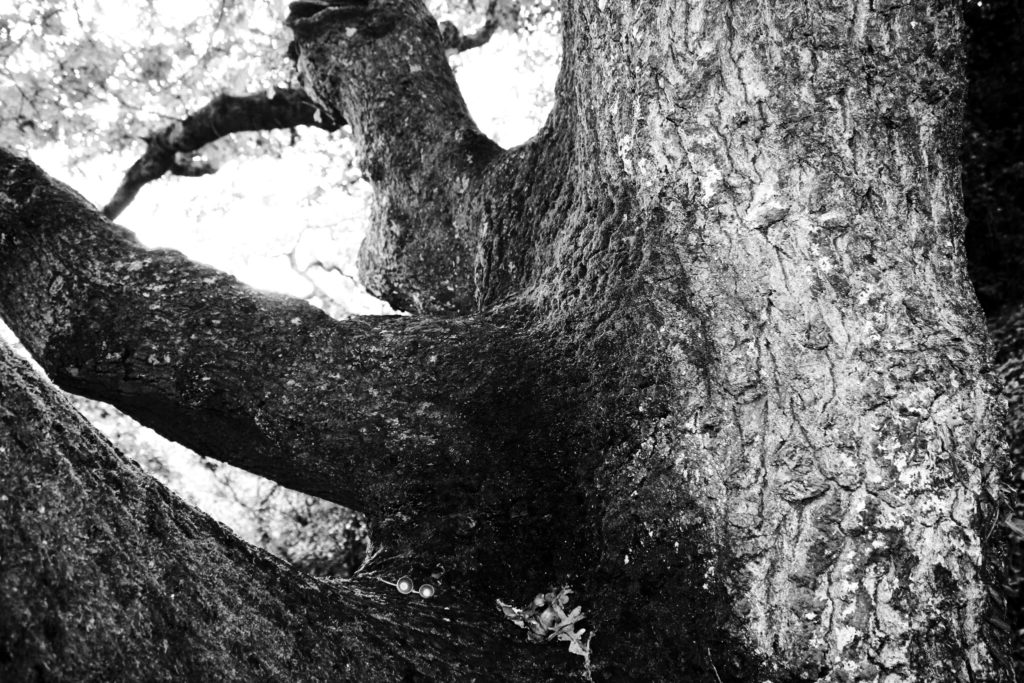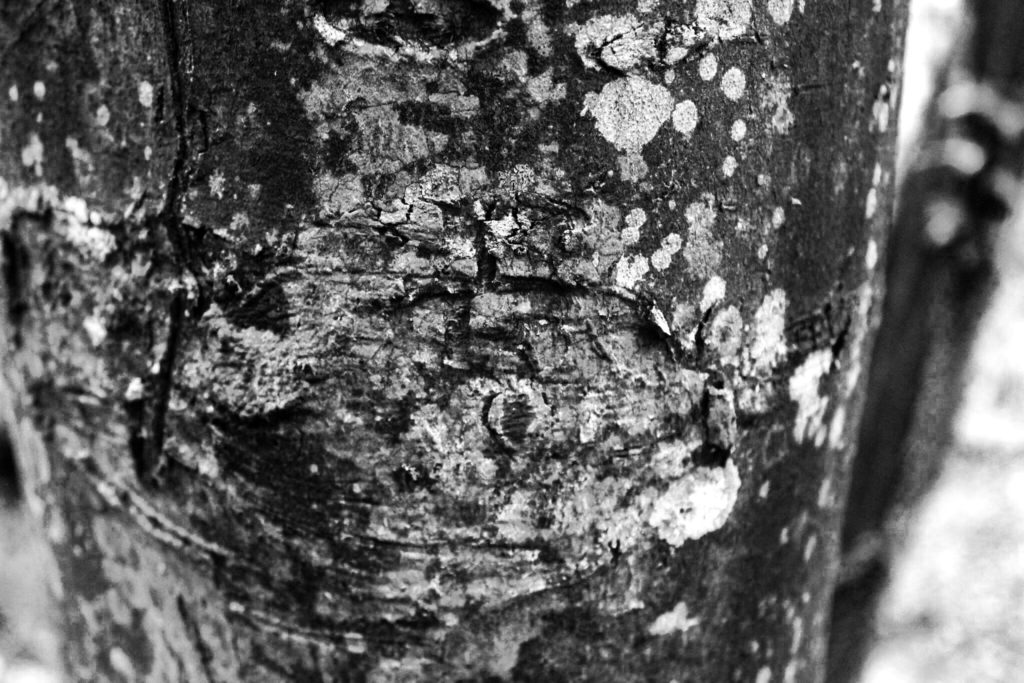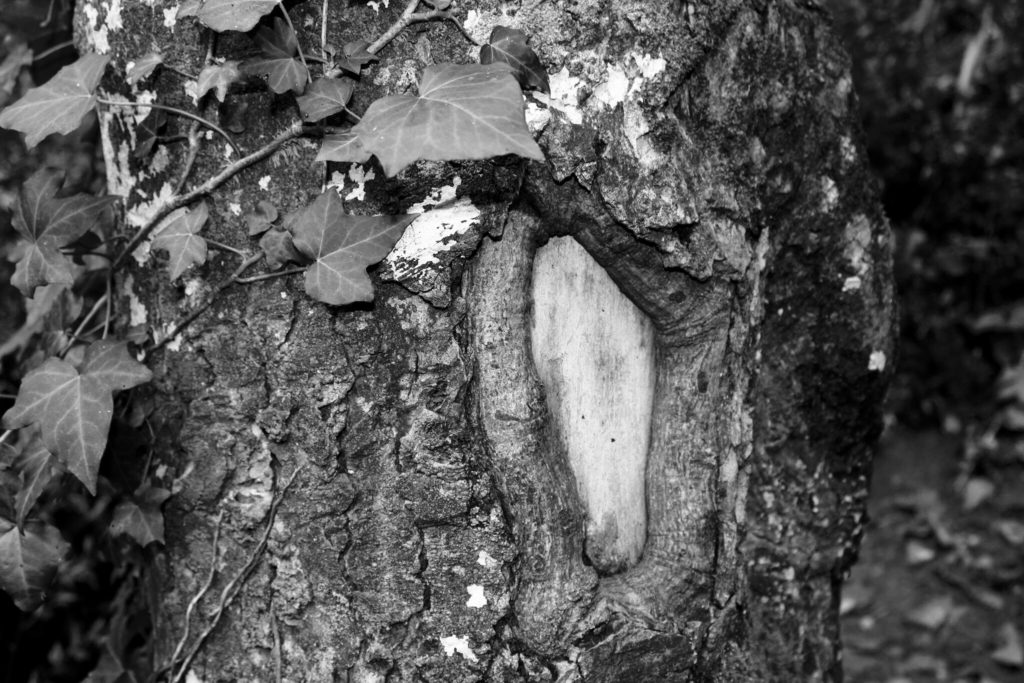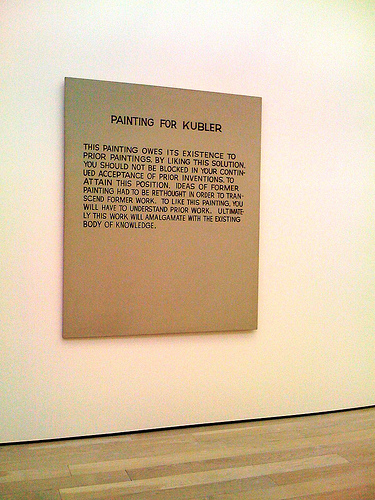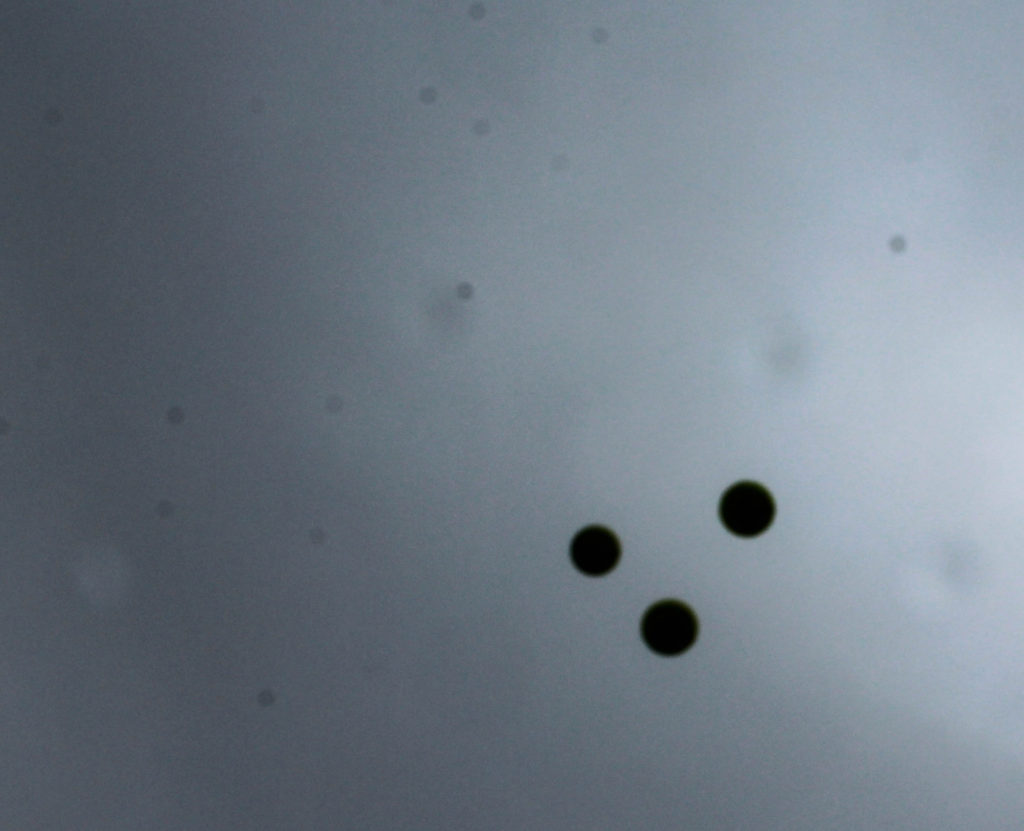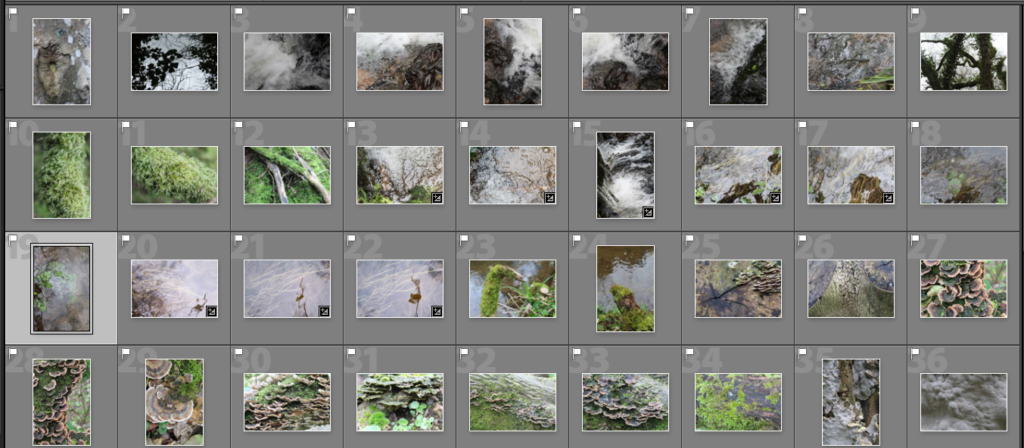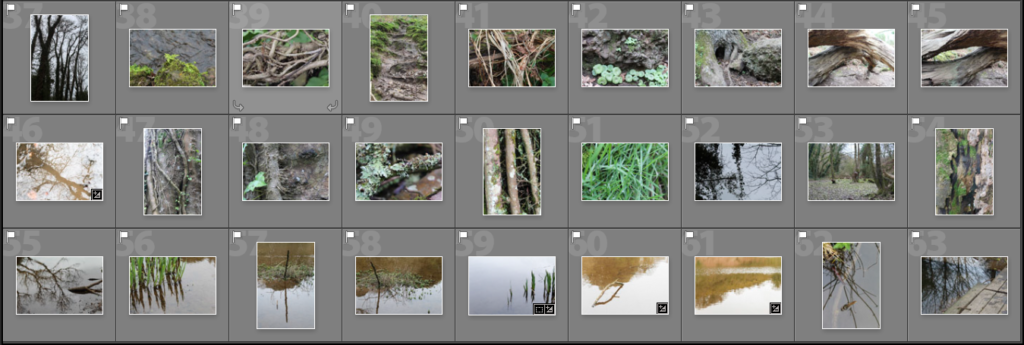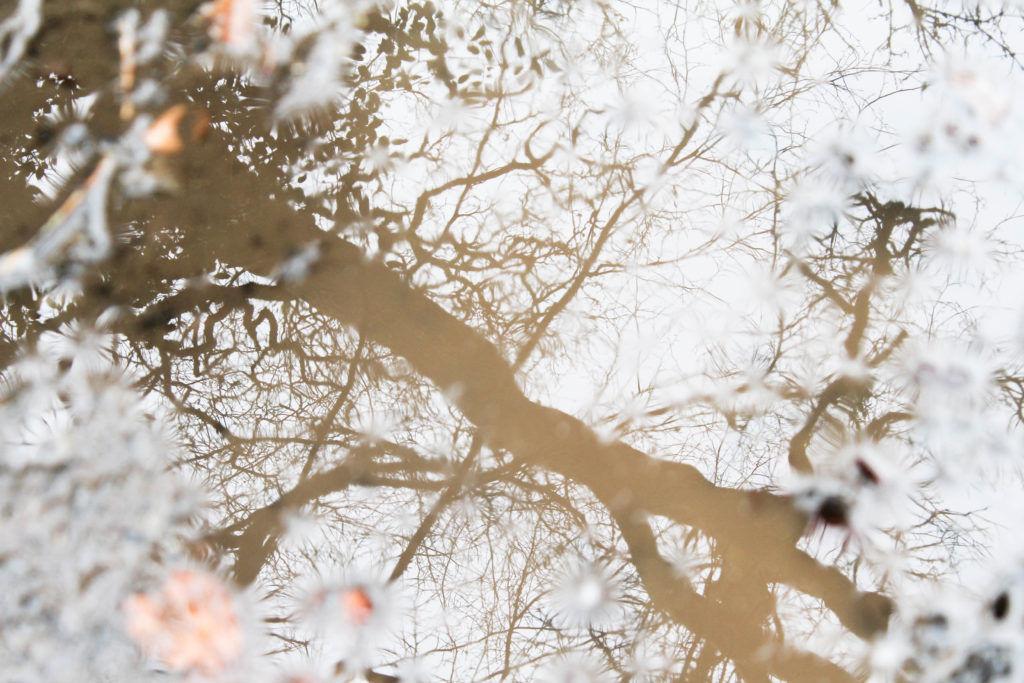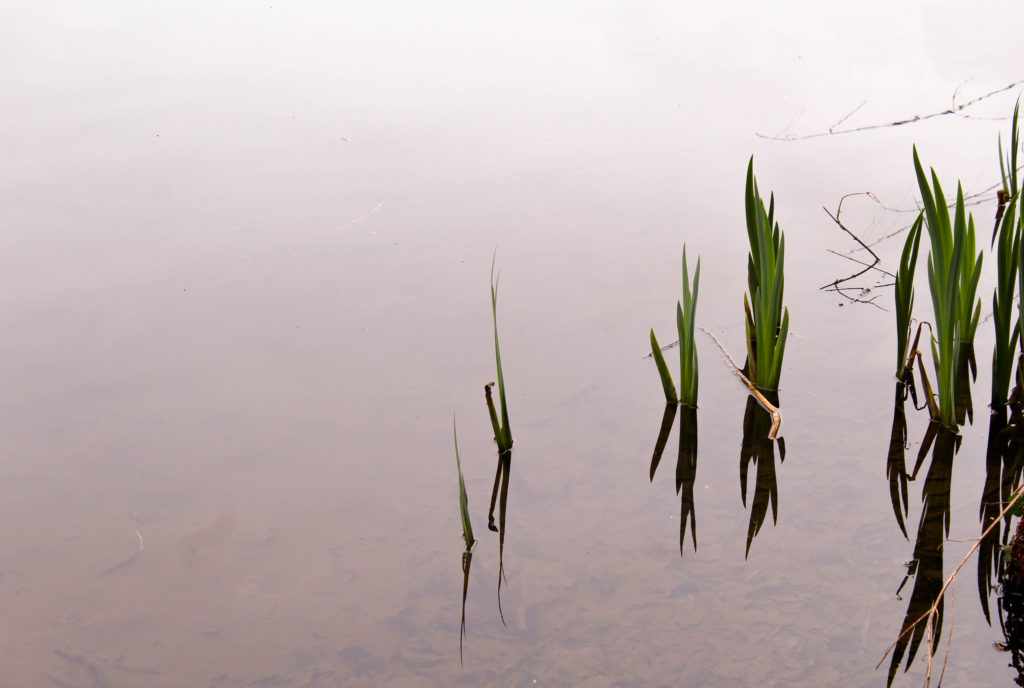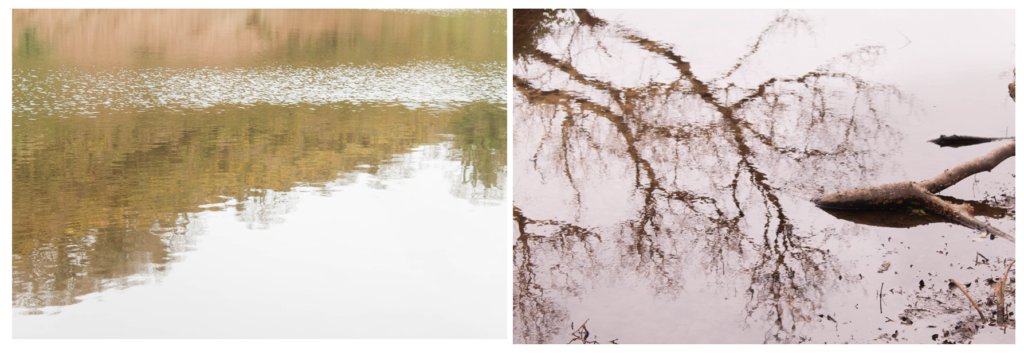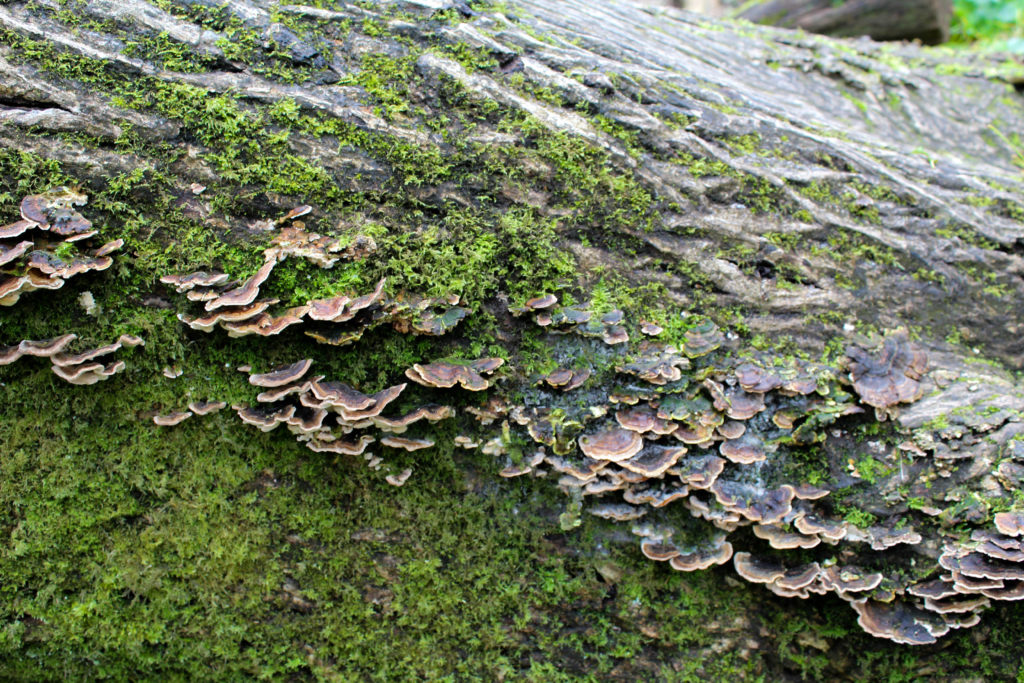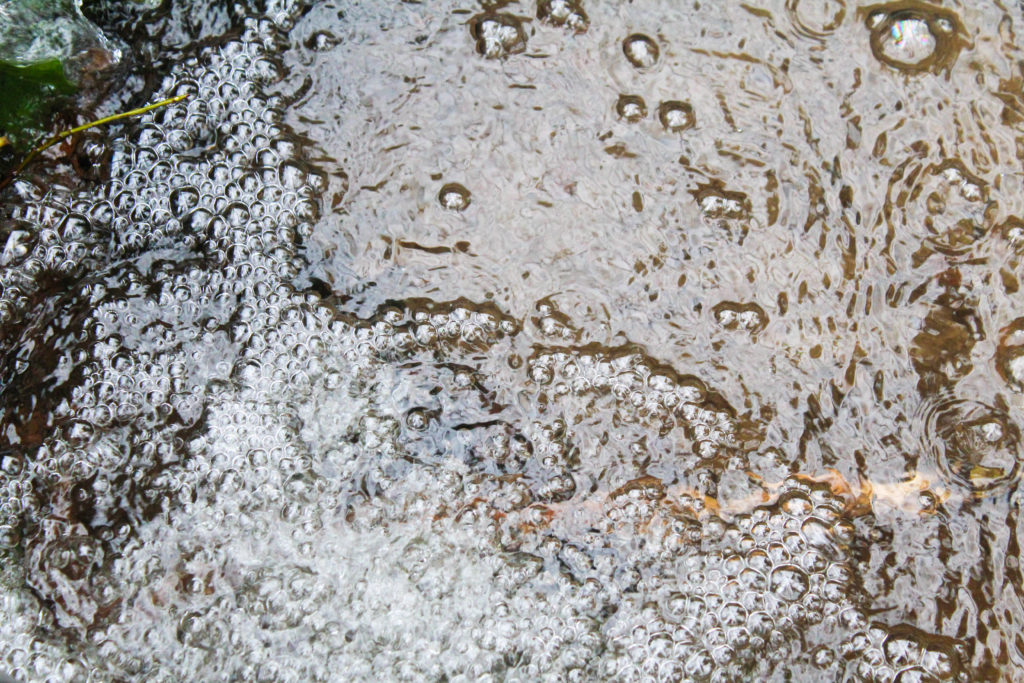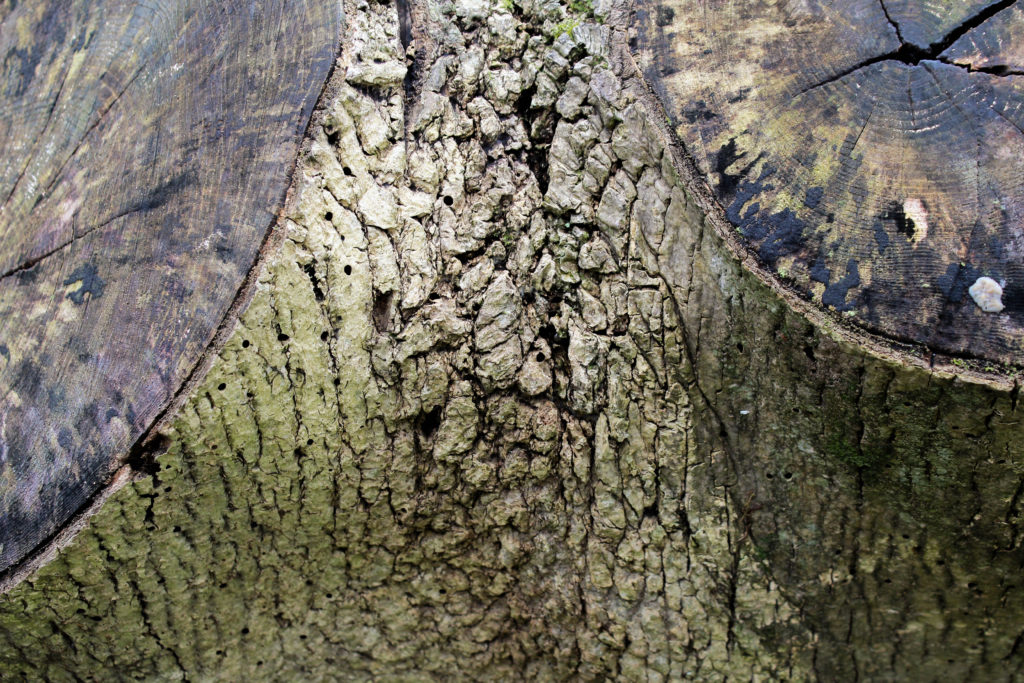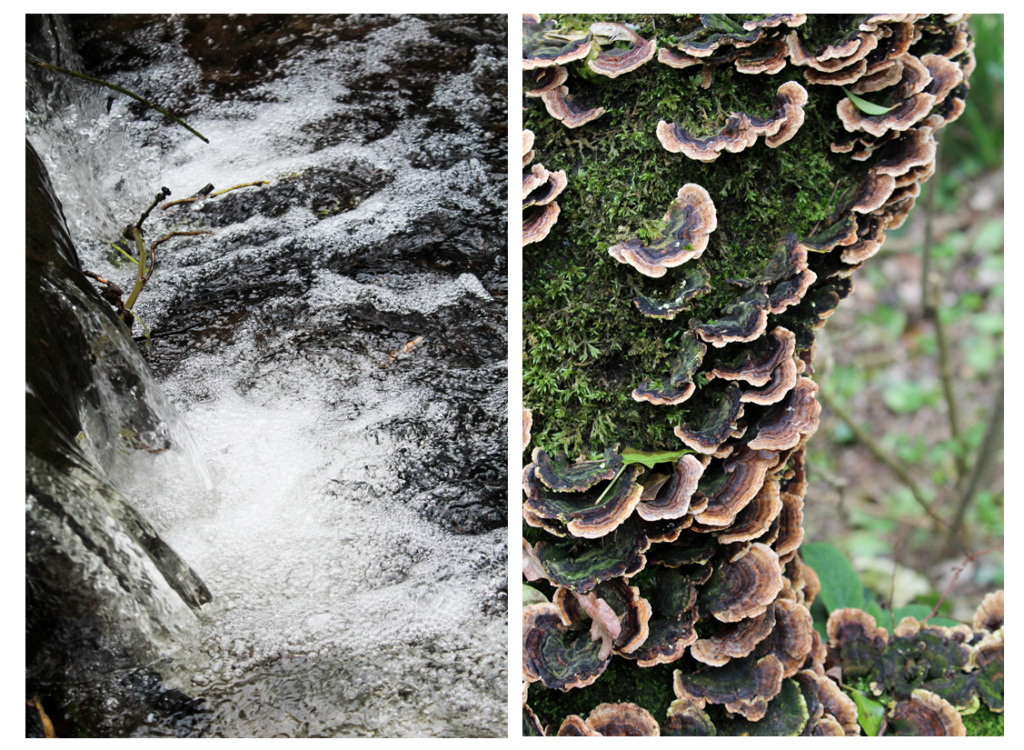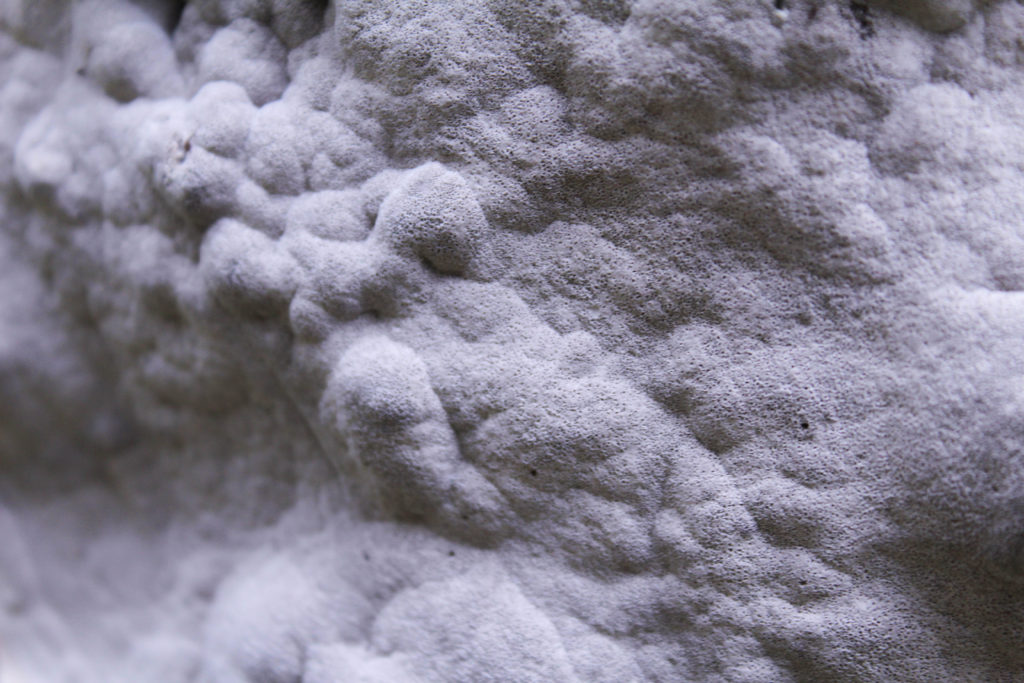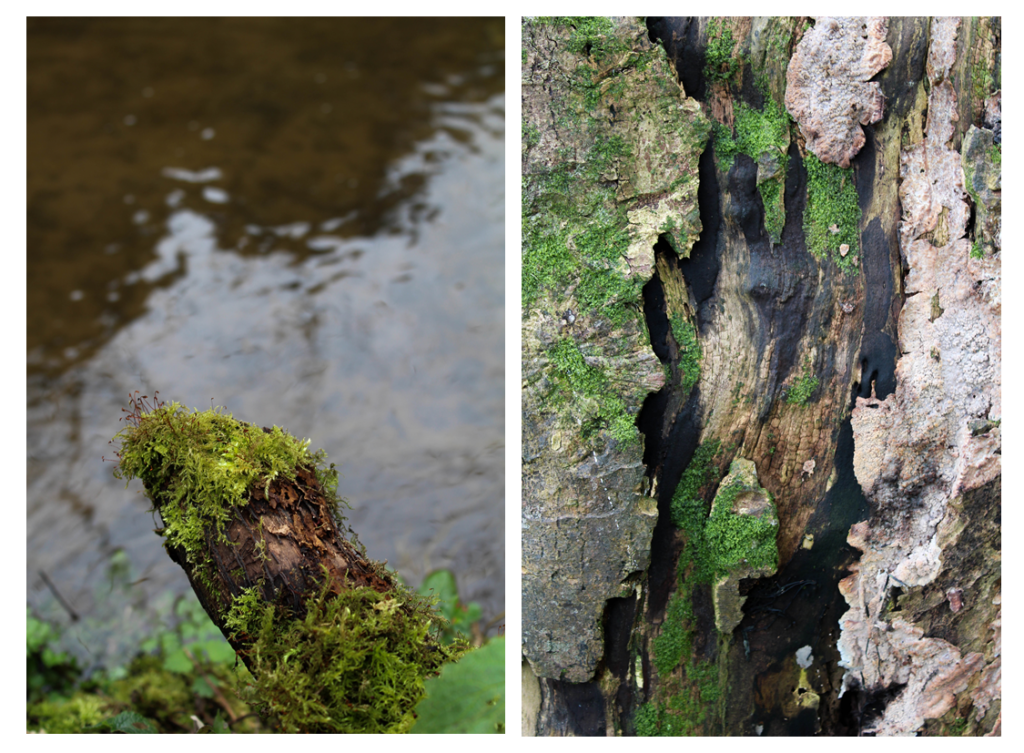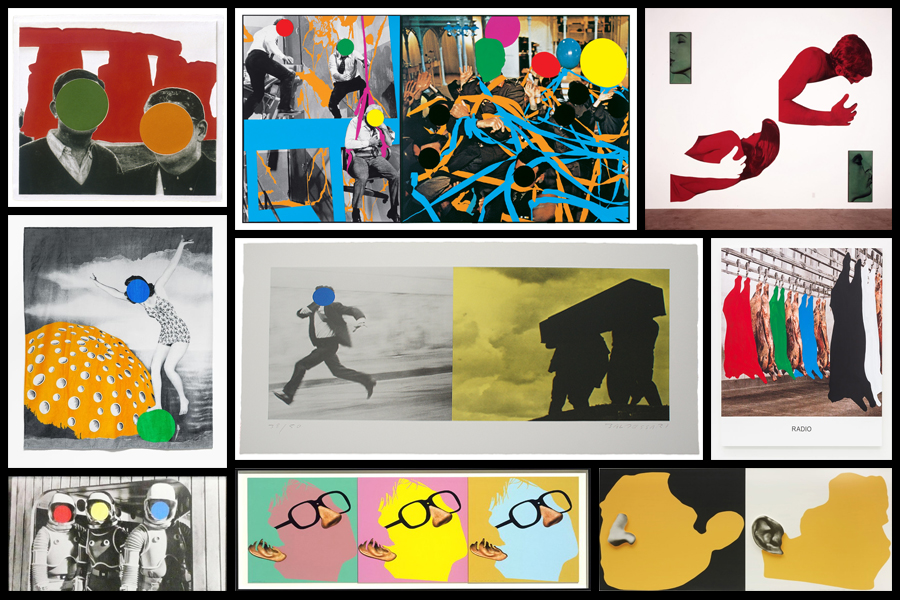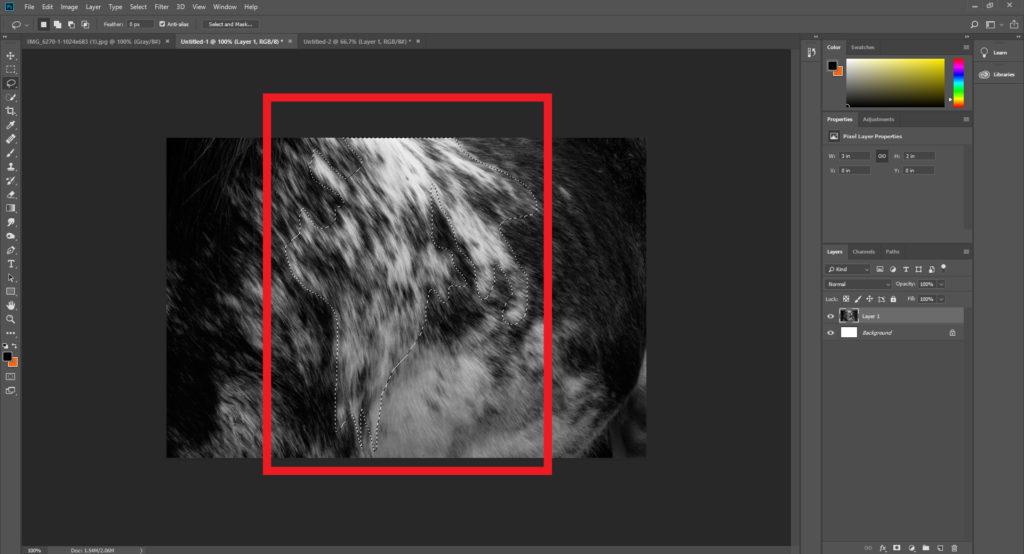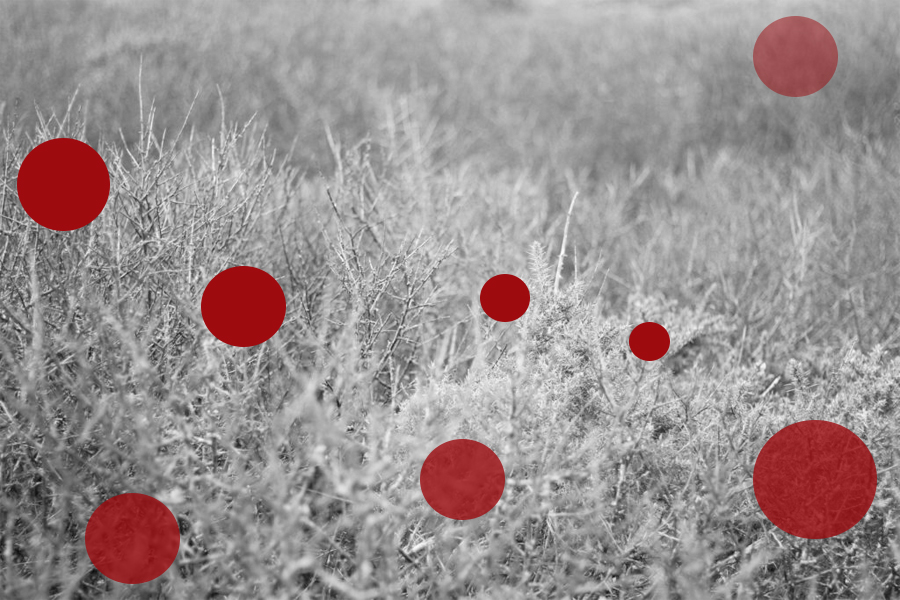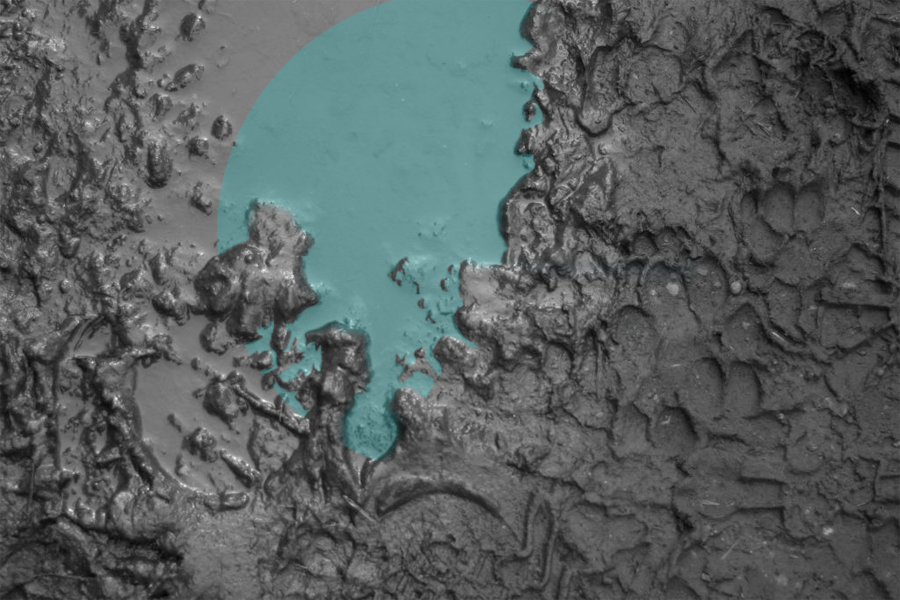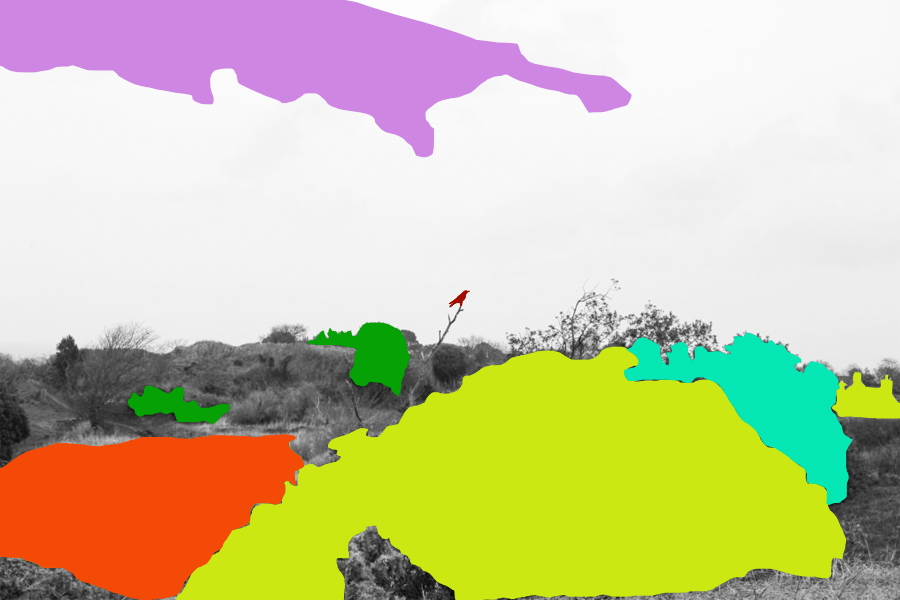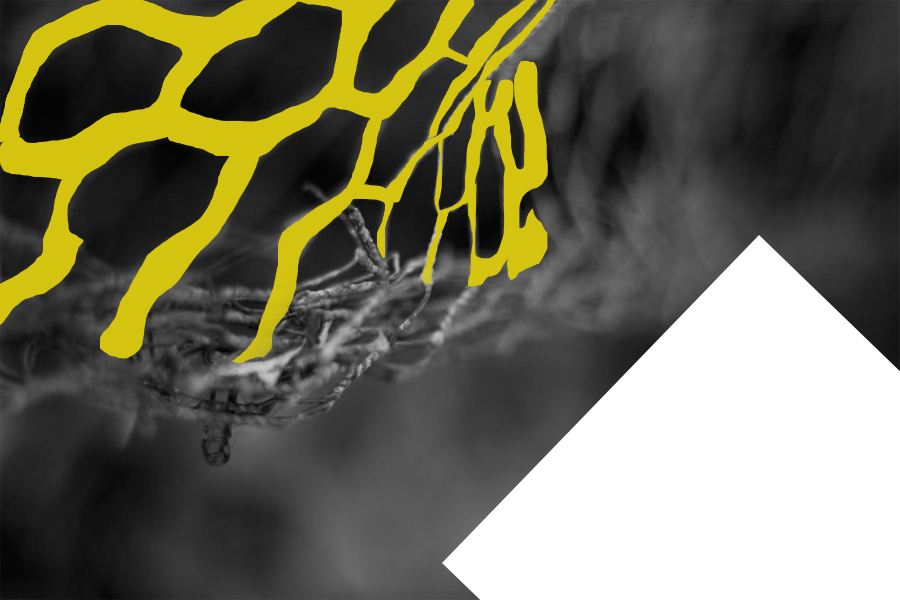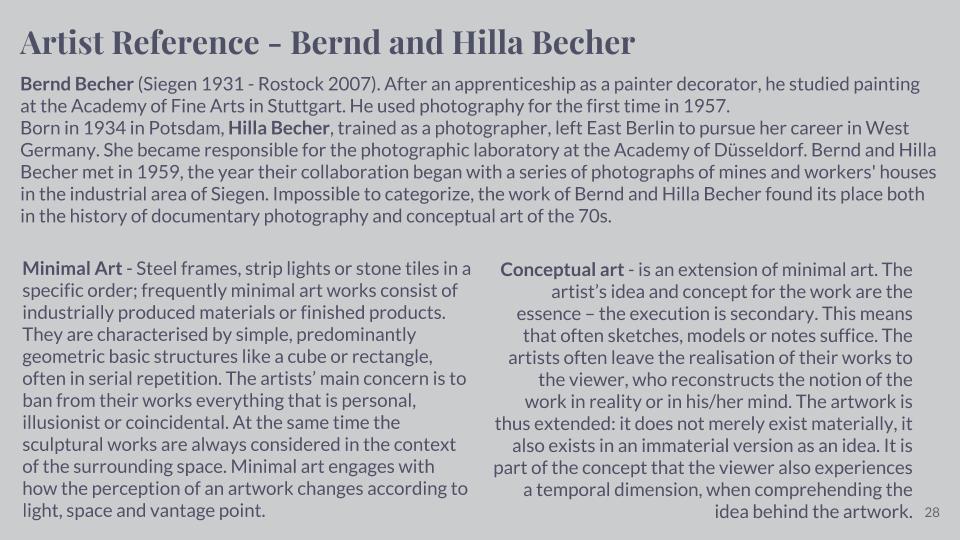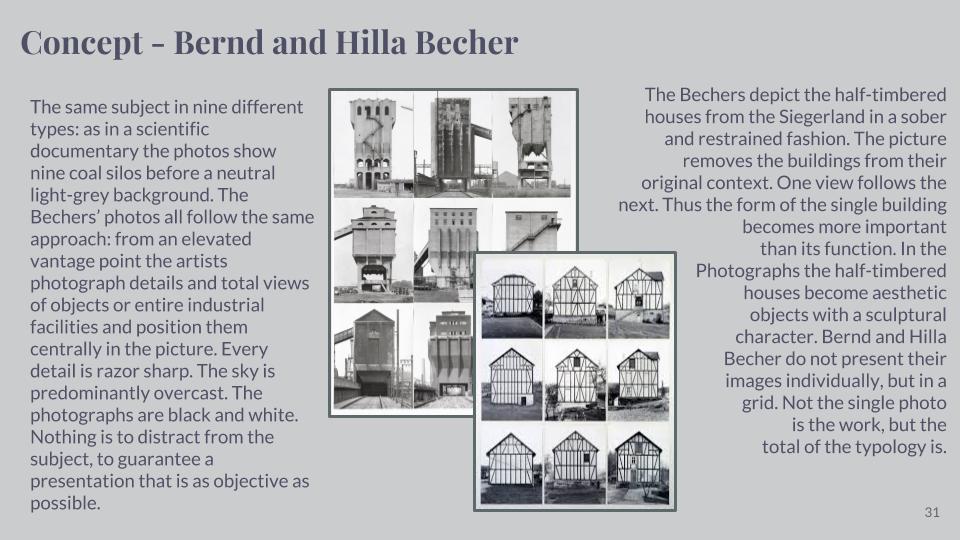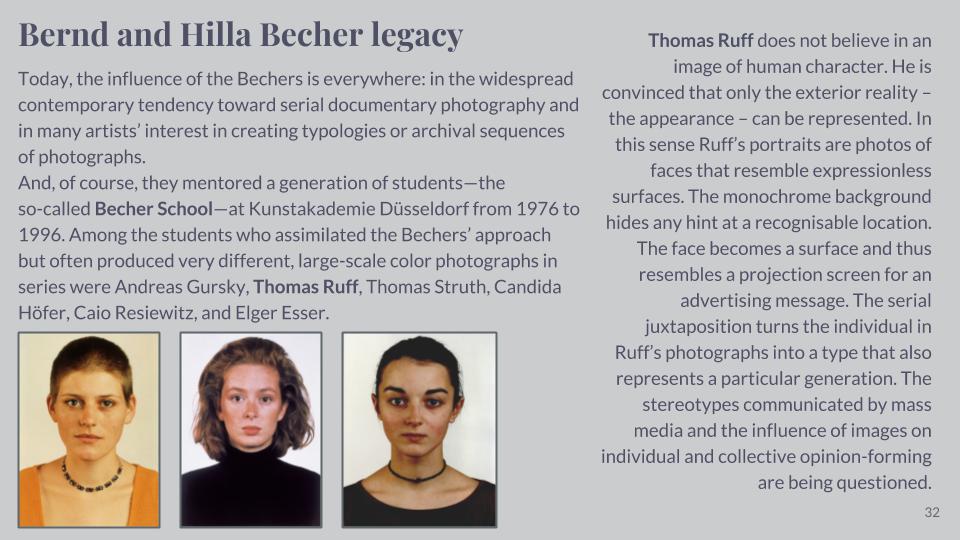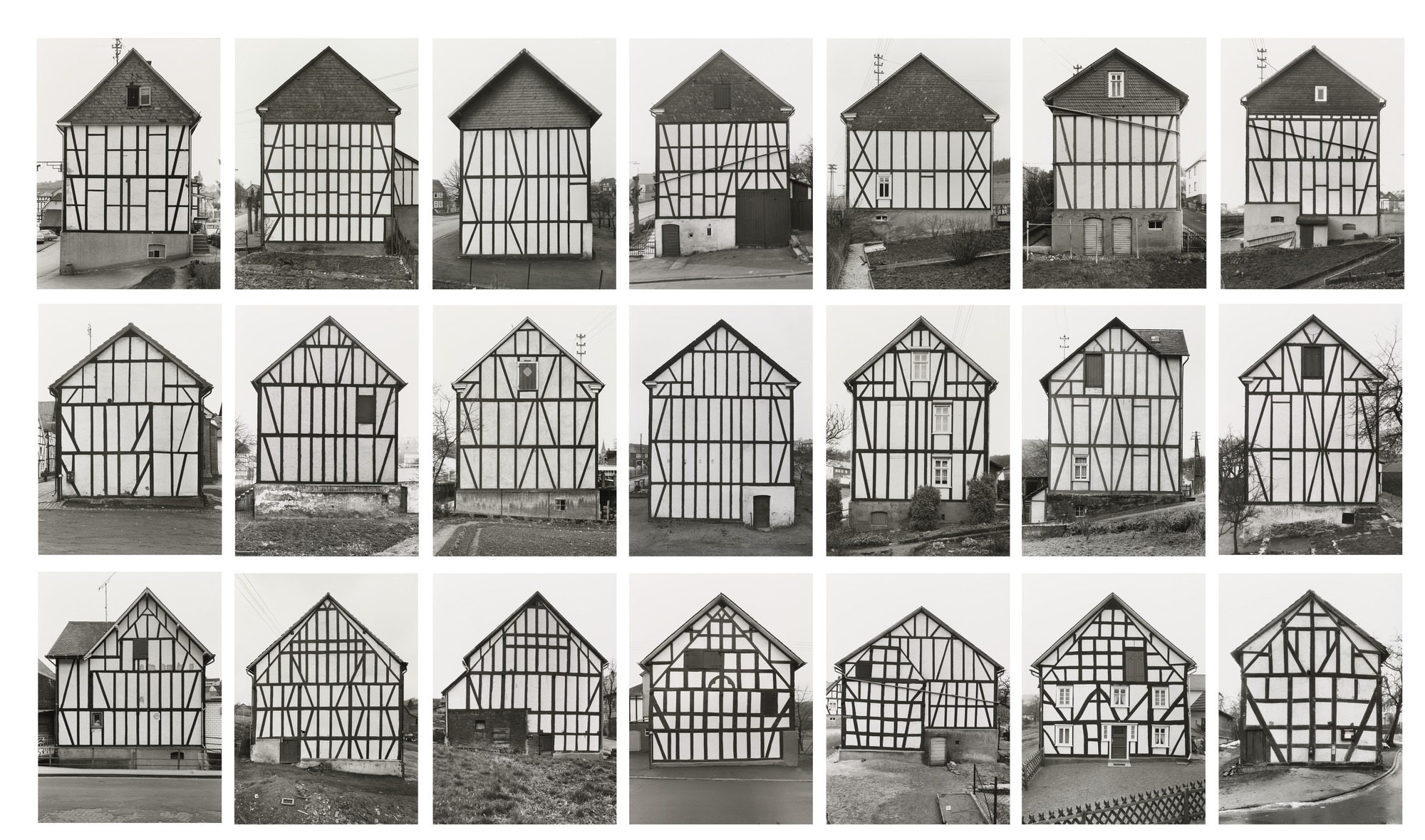Who is he?
In 1881 Blossfeldt began his studies as an apprentice at the Art Ironworks and Foundry in Mägdesprung, Germany, where he studied sculpture and iron casting. He then moved to Berlin to study at the School of the Museum of Decorative Arts (Kunstgewerbemuseum). In 1890 Blossfeldt received a scholarship to study in Rome under Moritz Meurer, a decorative artist and professor of ornament and design. Along with several other assistants, Blossfeldt created and photographed casts of botanical specimens in and around Rome. He continued to work with Meurer through 1896 and traveled beyond Italy to North Africa and Greece to collect specimens. Beginning in 1898 Blossfeldt taught design at the School of the Museum of Decorative Arts (Kunstgewerbeschule), and in 1930 he became professor emeritus. There he established a plant photography archive that he used to teach his students about design and patterns found in nature.
Blossfeldt had no formal training as a photographer and used homemade cameras that he outfitted with lenses capable of magnifying his subjects up to 30 times their natural size. The use of magnification resulted in images of extreme detail and clarity. With the precision of a botanist, Blossfeldt photographed the natural world for scientific and pedagogical purposes and inadvertently became a modern artist. His work was considered the forerunner to Neue Sachlichkeit photography, which favoured sharply focused documentarian images. In 1926, when Blossfeldt was already in his 60s, his work was exhibited to the public for the first time at Berlin’s avant-garde Galerie Nierendorf.The works exhibited there were published in the book Urformen der Kunst (1928; Art Forms in Nature [2003]). The first of his three photo books (the other two were Wundergarten der Natur, 1932; and Wunder in der Natur, 1942, the last published posthumously), it was enormously successful and remains one of the most-significant photo books of the 20th century.
I was particularly inspired by how the textures and patterns created by these natural forms really highlighted minute details that could not usually be seen by the everyday eye. Some examples of his work can be seen below:
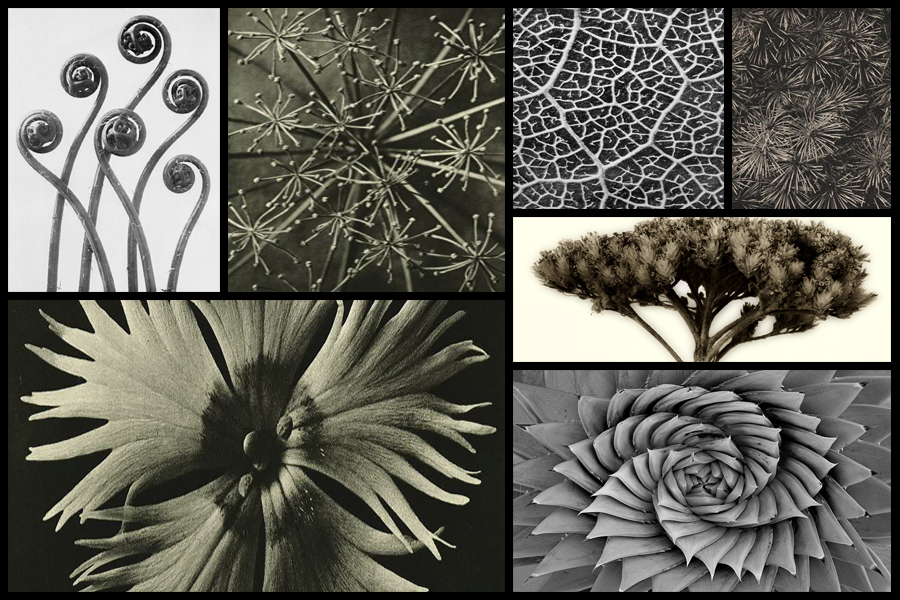
After looking at Blossfeldt’s work I decided to go onto analyse one of his images, here I would be looking at technical, visual and conceptual aspects of the photo. By doing this it would allow me to have a better understanding of how he goes about composing his imagery, and the composition he uses to do so. The image I have chosen to analyse is called Hordeum distichum and is part of his fine art series looking at textures and patterns within the structures of plants:
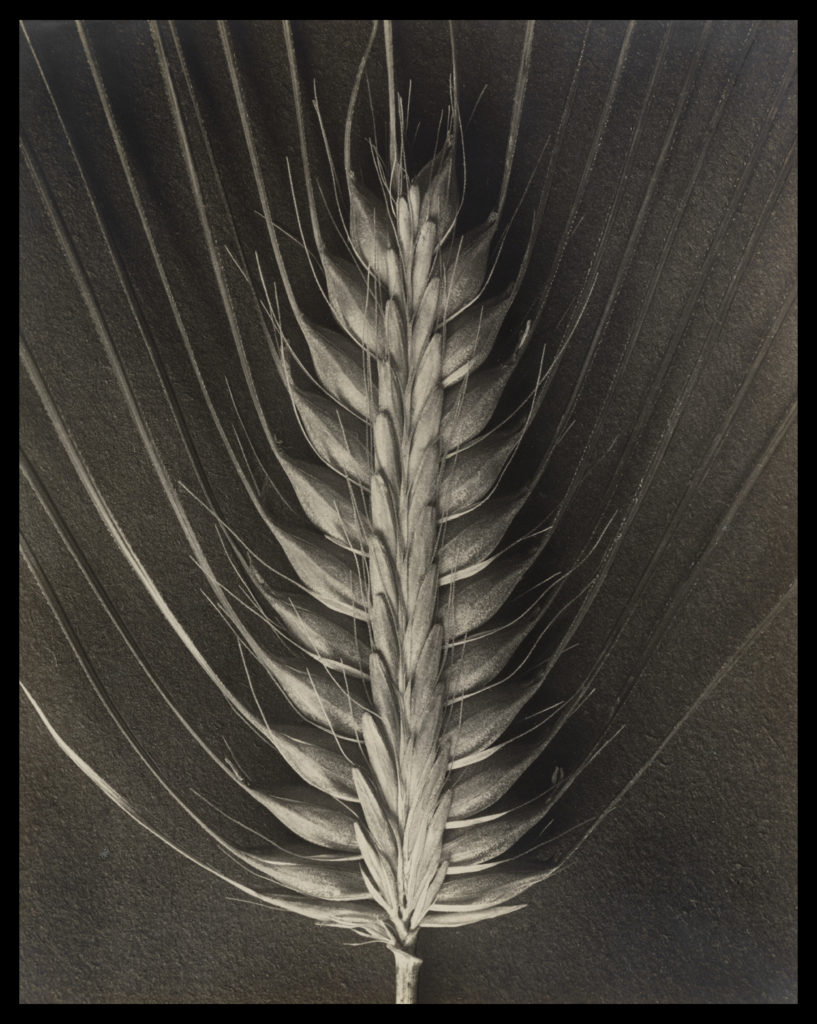
Visual: Visually the piece is extremely aesthetic, using contrast and a symmetrical appearance to highlight the various shadows and depth of the plant. By capturing the plant up close on a macro scale it essentially brings together the whole photo as it fills in a space that otherwise would be blank with symmetrical lines, using a high contrast to highlight the identity of the plant which seemingly unfolds from itself using predominantly darker shades to fill up any space which would contain negative space. The image itself has been taken on a closer level so that the viewer can become more personal with the plant, as seeing it up close presents the viewer with a perspective that might not have been traditionally provided for them. Because of this the photograph seems to make the plant into something completely different to its original appearance, as by singling one bud head out it casts a light onto it that maybe is not accessible when viewing them en mass.
Technical: The photo itself has been taken in black and white, using a black sheet of paper as a backdrop which highlights the structure of the plant, adding a sinister and symmetrical feel to the entire piece. Blossfeldt has made sure to capture only the head of the bud so that it may be presented in a overall symmetrical manner which leaves the end result more aesthetic for the viewers, as using an increased contrast making the different shades pop due to it greatly exaggerating the change in shade so that things like black are emphasized. When taking the image the shutter speed would have been relatively normal due to Blossfeldt not needing to capture any moving object due to the photo being taken in studio conditions, which as a result gives off a beautiful result which perfectly presents the head of the plant in a way not previously done before. Texture and pattern making up the majority of the piece as the photograph breaks up the plant so that it becomes more abstract, creating shapes that could not be previously seen due to a greater scope needed to see it.
Conceptual: Conceptually Blossfeldt can be seen taking this image in reference to fine arts, using a simple but effective camera angle and subject to produce a piece that is extremely aesthetic to the eye, emphasizing the shades so that they perfectly contrast each other and define the overall result of the photograph. The piece plays part in a series of photographs of bud which at the time were taken so that his students could use them to produce biology based work that could be used in class, however his passion for this kind of photograph led him to create more of the typographic styled method.

